Sprint Johannesburg
Sprint have been serving our community's printing needs for decade's. Our highly skilled and friendly team will be delighted to assist you with all of your needs.
Read MoreBest Services
At Sprint, we provide the following services:
Copies
Litoghraph
Ncr books
Business cards
Posters
Flyers
Stickers
Design
Tshirts
Invitations
Lamination
Large format
About Sprint Johannesburg
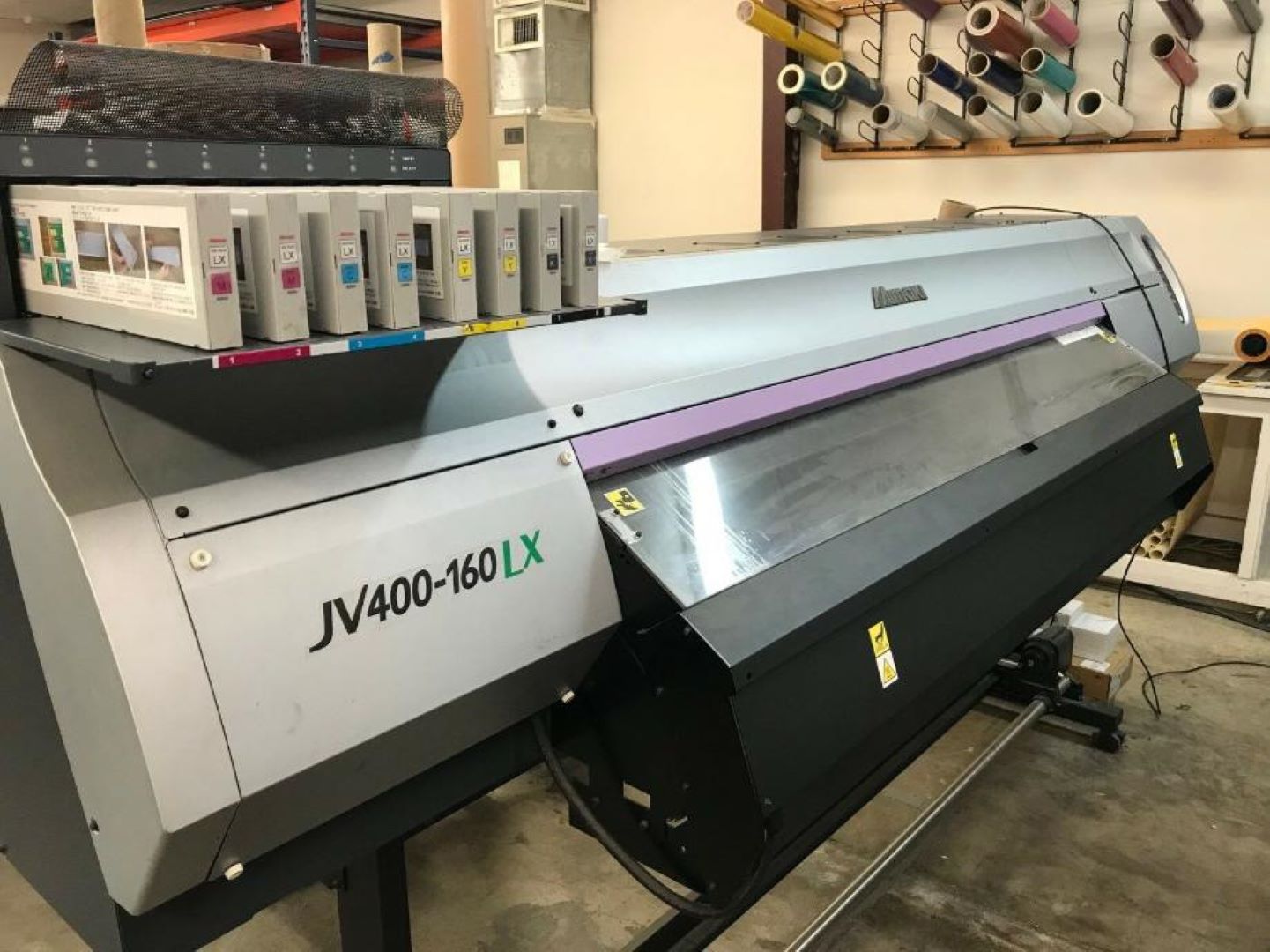
For decades, Sprint has been a reliable provider of printing services to our community. We take pride in our highly skilled and friendly team who are always ready to assist you with all your printing needs.
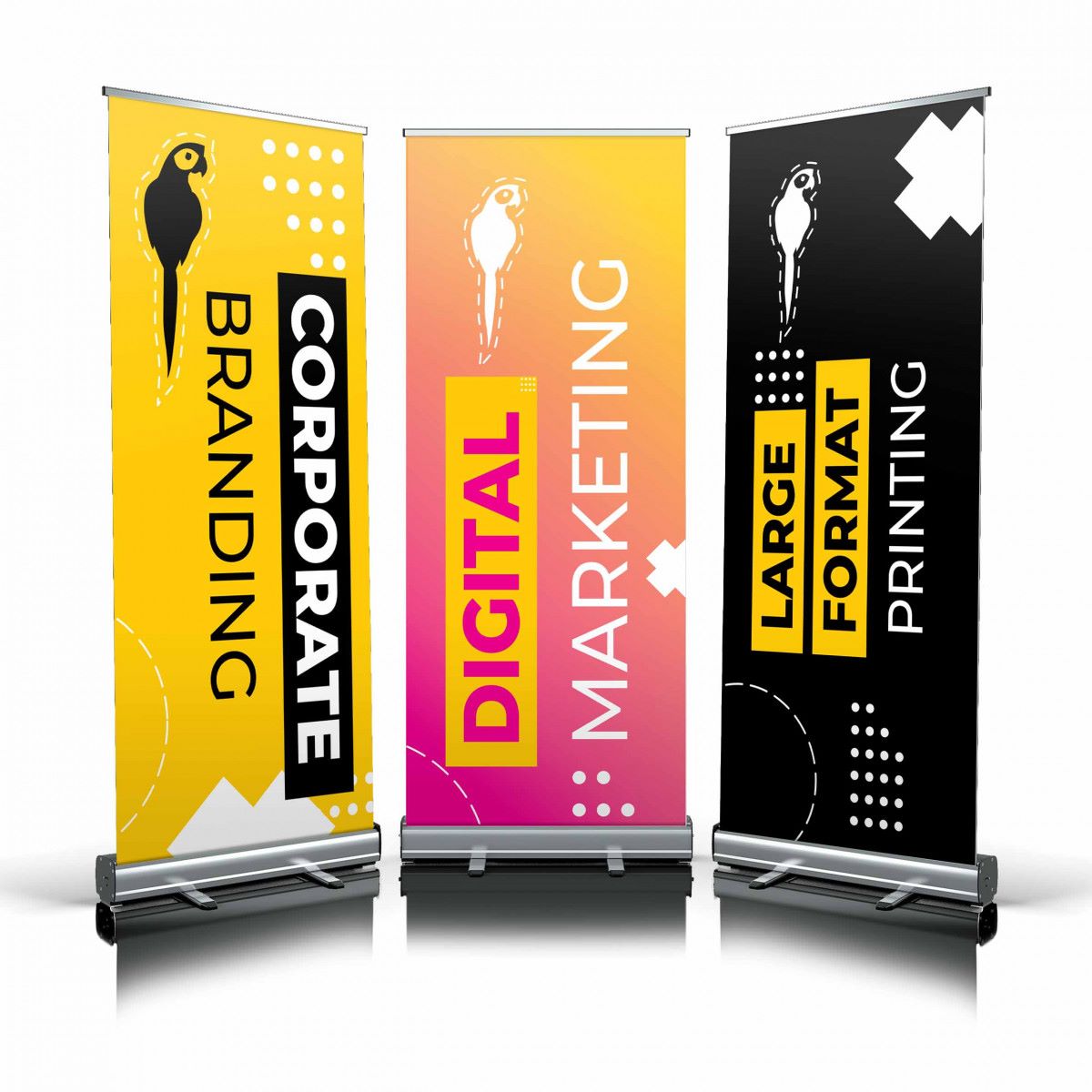
At Sprint, we offer a wide range of printing services, including copies, lithography, NCR books, business cards, posters, flyers, stickers, design, T-shirts, invitations, lamination, large format, PVC banners, pull banners, and banner walls. Whatever your printing requirements are, our team will ensure that you receive high-quality prints that meet your expectations.
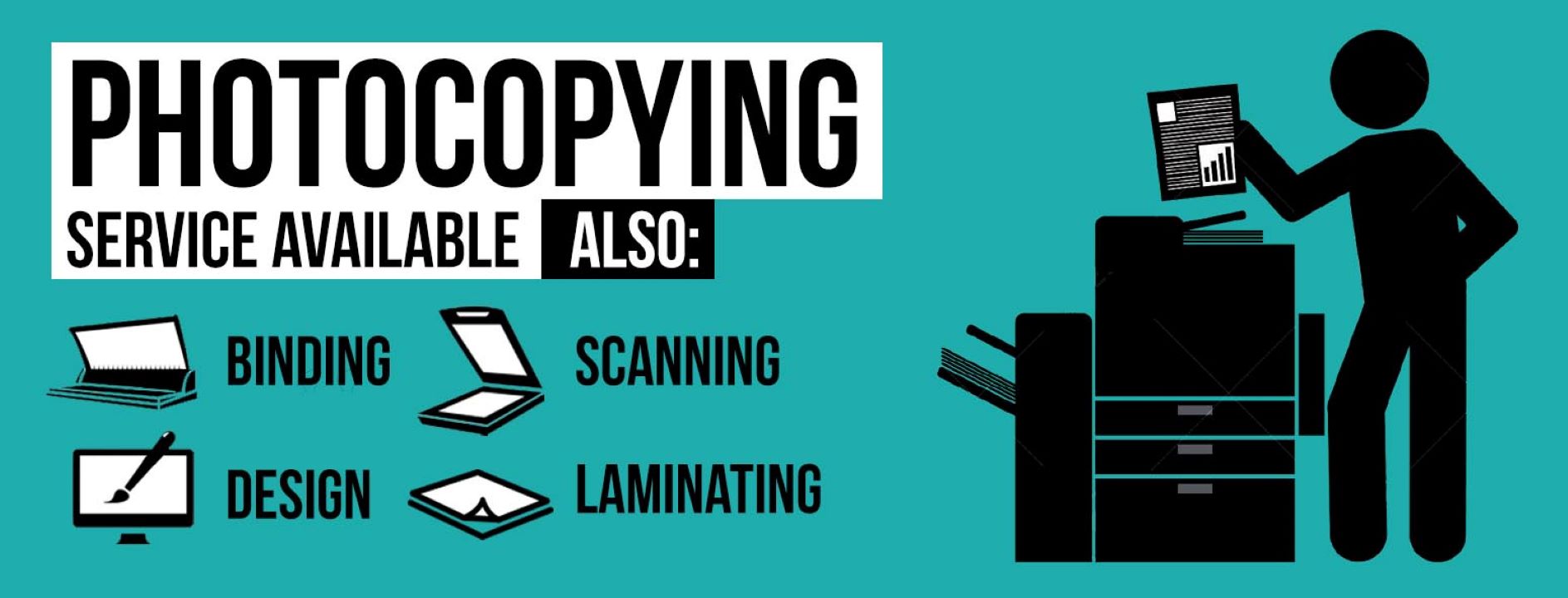
Our copy services are fast and efficient, allowing you to reproduce documents in large quantities without compromising on quality. We use the latest lithography technology to create sharp and vibrant images on a variety of surfaces, including paper, card, and plastic.

For businesses, we offer NCR books that are perfect for creating invoices, receipts, and order forms. Our business card services provide you with professional-looking cards that make a lasting impression on your clients.
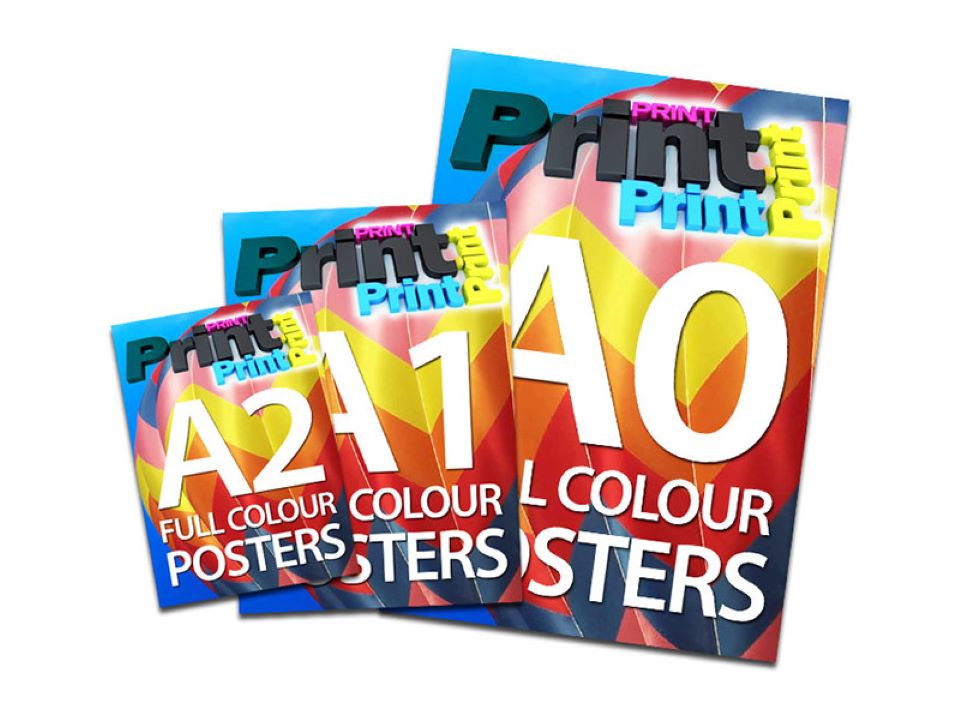
If you need to advertise an event or product, we can print posters, flyers, and stickers that will help you get the message out to your target audience. Our team of designers can also work with you to create eye-catching designs that capture the essence of your brand.
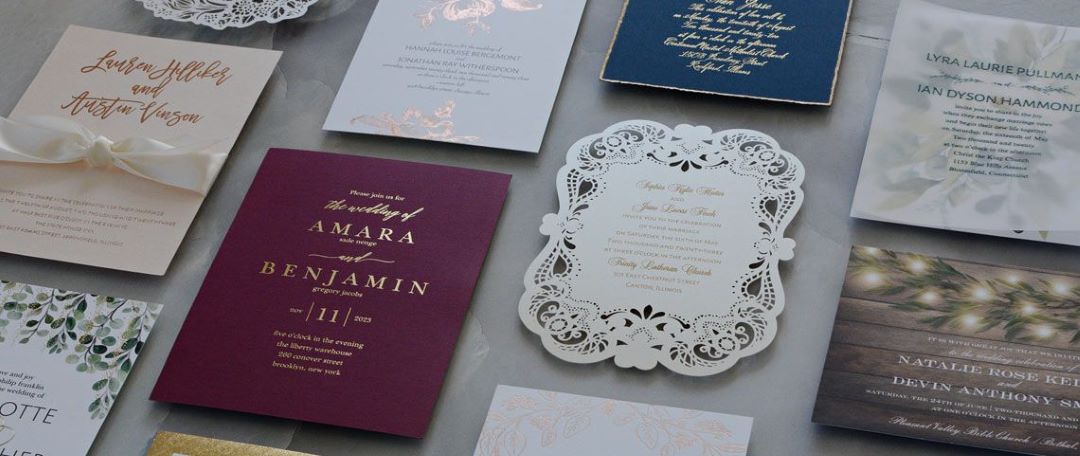
For personal projects, we offer invitation printing services that can help you create the perfect invitation for any occasion, from weddings to birthdays. We can also print custom T-shirts that are perfect for personalizing gifts or promoting your brand.
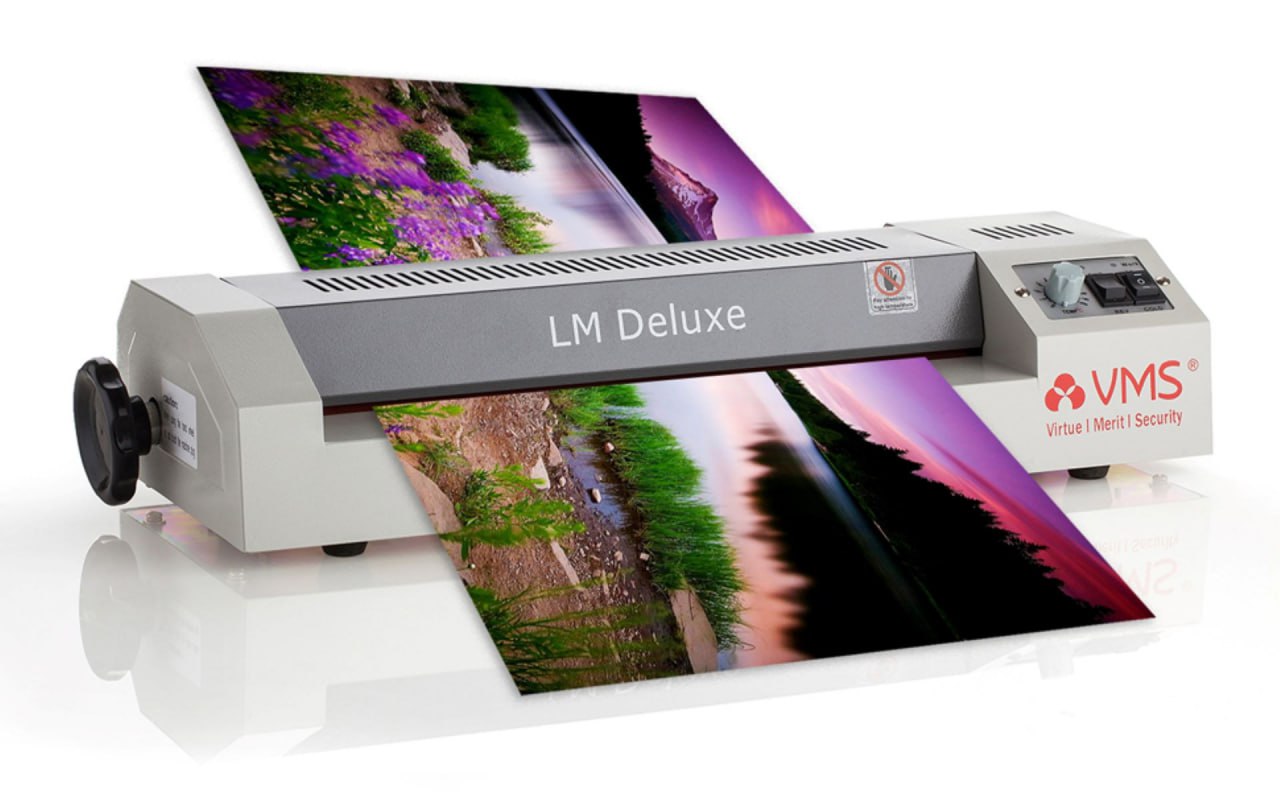
Our lamination services help protect your documents from wear and tear, while our large format printing services are ideal for printing banners and signs that will make your message stand out. We can also print PVC banners, pull banners, and banner walls that are perfect for trade shows, conferences, and other events.

At Sprint, we are committed to providing our customers with the best printing services possible. Whether you need copies, lithography, NCR books, business cards, posters, flyers, stickers, design, T-shirts, invitations, lamination, large format, PVC banners, pull banners, or banner walls, our team will work with you to ensure that you receive high-quality prints that meet your needs.
Our Team

Brad Jacobson
With a background in commercial catering and over 30 years of experience in the printing industry, Brad is a customer-oriented and solution-driven professional. His work is heavily influenced by his commitment to family and community, which reflects in his dedication to his team and the high standards his clients expect from him.
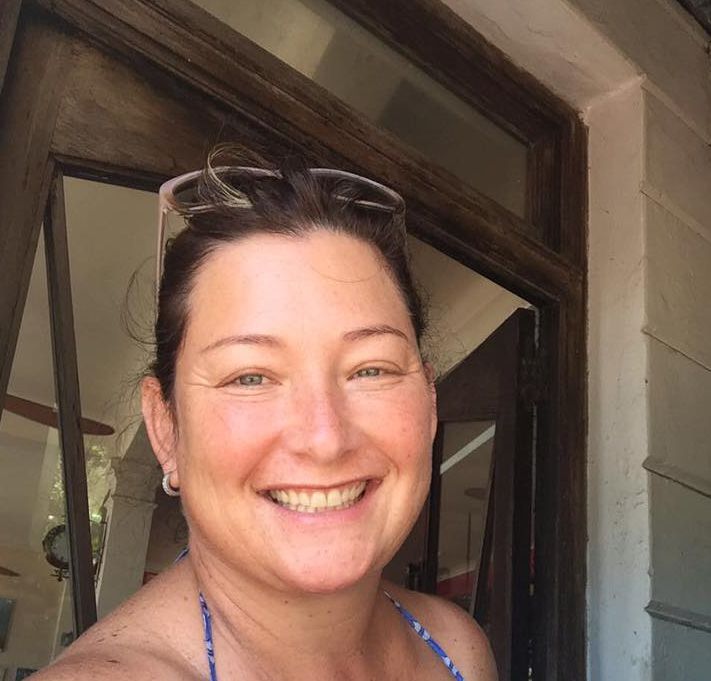
Tracy Jacobson
Tracy is Brad's wife, and she brings a remarkable customer service aspect to their family-owned business. She is deeply committed to ensuring that all of Sprint's clients have their needs met. Tracy has an exceptional memory for faces, and you will always be welcomed with a smile. She takes a genuine interest in your welfare as well as your business requirements.
FAQs
Welcome to our FAQs section! Here you'll find answers to some of the most common questions we receive from our customers. We understand that you may have some questions or concerns, and we hope that this section can help address them. If you cannot find the answer you are looking for, please don't hesitate to contact us directly.
Q. How do I go about getting an estimate from you?
Simply use our online estimate request form by clicking here or email info@sprint.joburg. Otherwise, the best way to ensure that we get all the information necessary to do an accurate quote is to give us a call and speak with one of our customer service representatives.
Q. How long will it take for you to complete my order?
Every job is different. Some jobs can be produced in minutes while some may take several days to complete. Let us know when you need your job completed and we'll let you know if it can be done. We go to great lengths to meet even your most demanding timelines.
Q. What is the best file format for submitting a document for printing?
The Portable Document Format (PDF) is generally the preferred file format for submitting a document for printing as it works with virtually all professional printing and digital output devices. By design, a PDF file incorporates the information needed to maintain document consistency from system to system. Most other file formats such as Adobe InDesign, Illustrator and Microsoft Word are easily converted to PDF format.
Q. How well will what I see on my monitor match what I see on paper?
The technology of design, layout and printing has come a long way to the point where much of the work is done in a WSYWIG (What You See Is What You Get) digital environment. However, there are sometimes noticeable differences in colour calibration and spatial conformity from monitor to monitor and consequently from screen to print.The process for minimizing any variance begins with adjusting your monitor for optimal colour and clarity according to the manufacturer's recommendations as outlined within its product manual or website. Doing this will alleviate a number of potential issues.Beyond that, for the greatest conformity in colour from screen to print, there are tools available that will ensure exact colour calibration. Perhaps you have already invested in such a tool. If so, let us know what you use, and we'll work with you to achieve the best results.
Q. What is a proof and why is it needed?
A proof is a one-off copy of your printed document used for visual inspection to ensure that the layout and colours of your document are exactly how they are intended to be. A proof is made prior to sending the document to the press for final printing.Typically, we will produce a proof that will be sent to you online in PDF format or on printed paper, which can be either viewed in our store. For multiple-colour jobs, we can produce a proof on our output device to show you how the different colours will appear on the final product.Your approval on the final proof is the best assurance you have that every aspect of our work and your own is correct, and that everything reads and appears the way you intended. Mistakes can and sometimes do happen. It benefits everyone if errors are caught in the proofing process rather than after the job is completed and delivered.
Q. What are the different grades of paper and their respective basis weight?
The basis weight of a given grade of paper is defined as the weight (in pounds) of 500 standard-sized sheets of that paper. With that in mind, here are different examples of paper grades and their respective basis weights:Bond: Most commonly used for letterhead, business forms and copying. The typical base weight is 80gsm.Fines: A high-quality grade paper with a lot of surface texture. Basis weights range from 90gsm to 140gsm with the most common being 100gsm.Uncoated Book: The most common grade for offset printing. Typically, 80 to 100gsm.Coated Book: Has a glossy finish that yields vivid colours and overall excellent reproduction. Basis weights range 90gsm to 130gsm for sheet press.Cover: Used in creating business cards, postcards and book covers. Can be either coated or uncoated. Basis weights for this grade are 200gsm to 350gsm.
Q. What is the difference between coated and uncoated paper stock?
Uncoated stock paper is comparatively porous and inexpensive and is typically used for such applications as newspaper print and basic black-and-white copying. Coated stock, by contrast, is made of higher quality paper having a smooth glossy finish that works well for reproducing sharp text and vivid colours. It tends to be more expensive, however.
Q. What does "print ready" mean?
In the digital age of printing, it means that an image file submitted for printing is ready to be transferred to the printing plates without any alterations.
Q. What is colour separation?
Colour separation is the process of separating a coloured graphic or photograph into its primary colour components in preparation for printed reproduction. For example, to print a full colour photo with an offset printing press, we would create four separate printing plates each accounting for one of the four basic printing inks (cyan, magenta, yellow, and black) needed to reproduce the image.As the paper is fed through the press, each single-colour plate puts onto the paper the exact amount of ink needed at exactly the right spot. As the different coloured wet inks are applied, they blend together to create the rich and infinite pallet of complex colours needed to reproduce the original image.
Q. What is halftone printing?
Halftone printing converts a continuous tone (solid areas of black or colour) photograph or image into a pattern of different size dots that simulate continuous tone. When examining the page closely, you will see a series of dots spaced slightly apart. At a normal viewing distance, however, the spacing between dots becomes essentially invisible to the eye and what you see is a continuous tone.
Q. What are Pantone colours?
Pantone colours refer to the Pantone Matching System (PMS), a colour matching system used by the printing industry whereby printing colours are identified by a unique name or number (as opposed to just a visual reference). This helps make sure that colours turn out the same from system to system, and print run to print run.
Q. Is white considered a printing colour?
No. White is not generally considered a printing colour as typically the paper itself will be white. If a coloured paper (something other than white) is chosen, then white becomes a printing colour if any text or graphics require it.
Q. What are the most common sizes for catalogues, brochures and booklets?
Standard sizes for catalogues and booklets are A4 (210 x 297mm) & A5 (148 x 210mm).
Q. What are the standard sizes for postcards?
Postcards are found in two common sizes: A6 (148 x 105mm) & DL (210 x 99mm).
Q. What are the standard sizes for posters?
Posters are found in four common sizes: A3 (297 x 420mm), A2 (420 x 594mm), A1 (594 x 841mm) & A0 (841 x 1189mm).
Q. What are the most popular sizes for personalized notepads?
The two most popular sizes for personalized notepads are A5 (148 x 210mm) & A6 (148 x 105mm).
Q. What are the most popular sizes for Business Cards?
The most common size is 90 x 50mm, some clients prefer 85 x 55mm as it fits into a credit card slot.
Q. What different types of materials can be used for labels?
Materials for labels and their application include:Paper, Uncoated: Use where you need the label to be easily written on by hand or printed on by machine.Paper, High Gloss: Use when you need good printability. Keep in mind that it cannot be written on easily by hand.Vinyl: Use vinyl for outdoor environments, or if applying a label to a vinyl surface.Acetate: Use when the label needs to be transparent.
Q. What are the types of bindings I can use for multi-page projects?
Some of the common methods of binding books and other multi-page documents include:Perfect binding: Gluing the outside edges of the pages together to create a flat edge.Saddle-stitch binding: Using staples along the folds of the pages to bind them together.Spiral binding: Wires in a spiral form threaded through punched holes along the binding edge of the papers. Allows the document to lay open flatly.Plastic comb binding: Similar to spiral binding but using a tubular plastic piece with teeth that fit through rectangular holes punched into the binding edge.
You have another questions or need help?
Get In Touch
It is a long established fact that a reader will be of a page when established fact looking at its layout.
Customer care:
+27 011024 0018
Office Address:
232 Athol Street Highlands North, Johannesburg, South Africa
Email Address:
tracy@sprint.joburg
Office Time:
Monday to Thursday - 8:00AM To 5:00PM
Friday - 8:00AM To 4:00PM